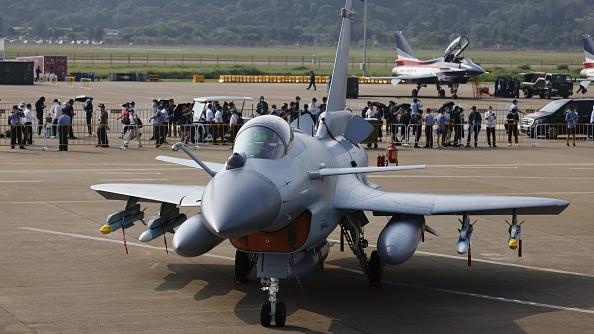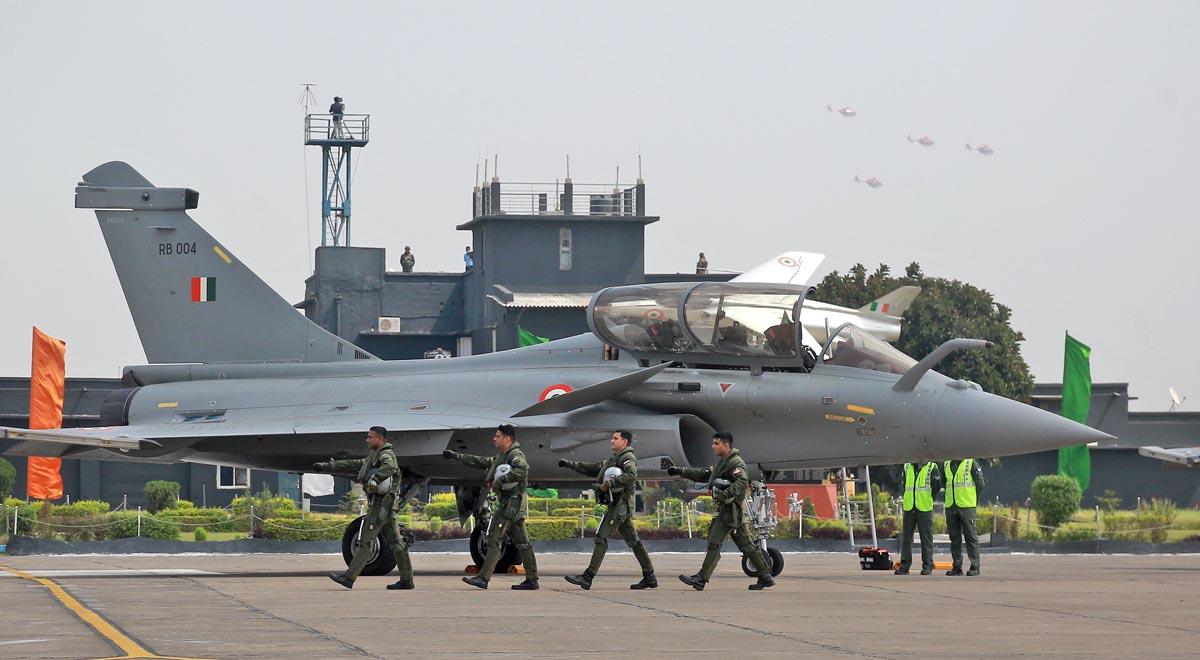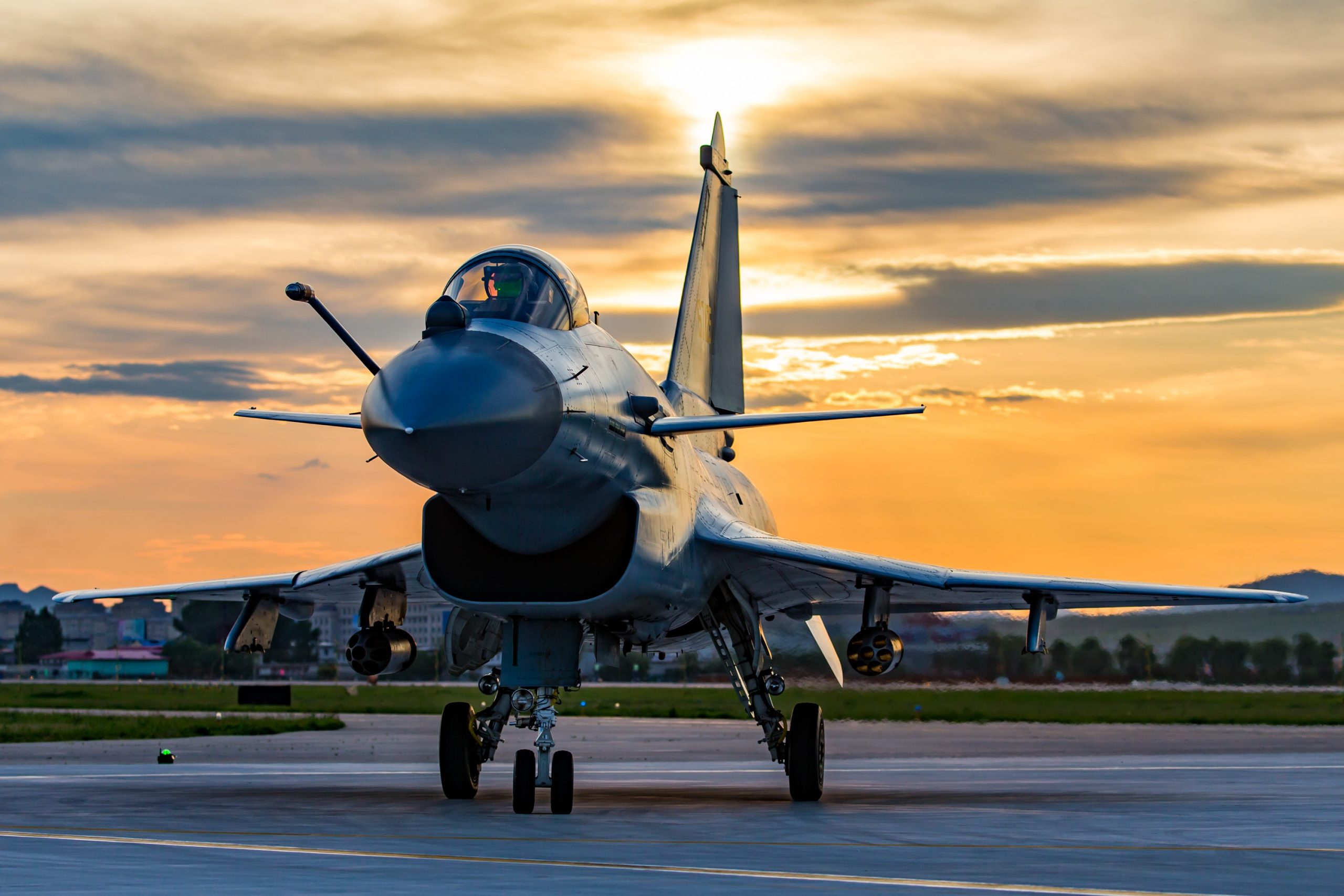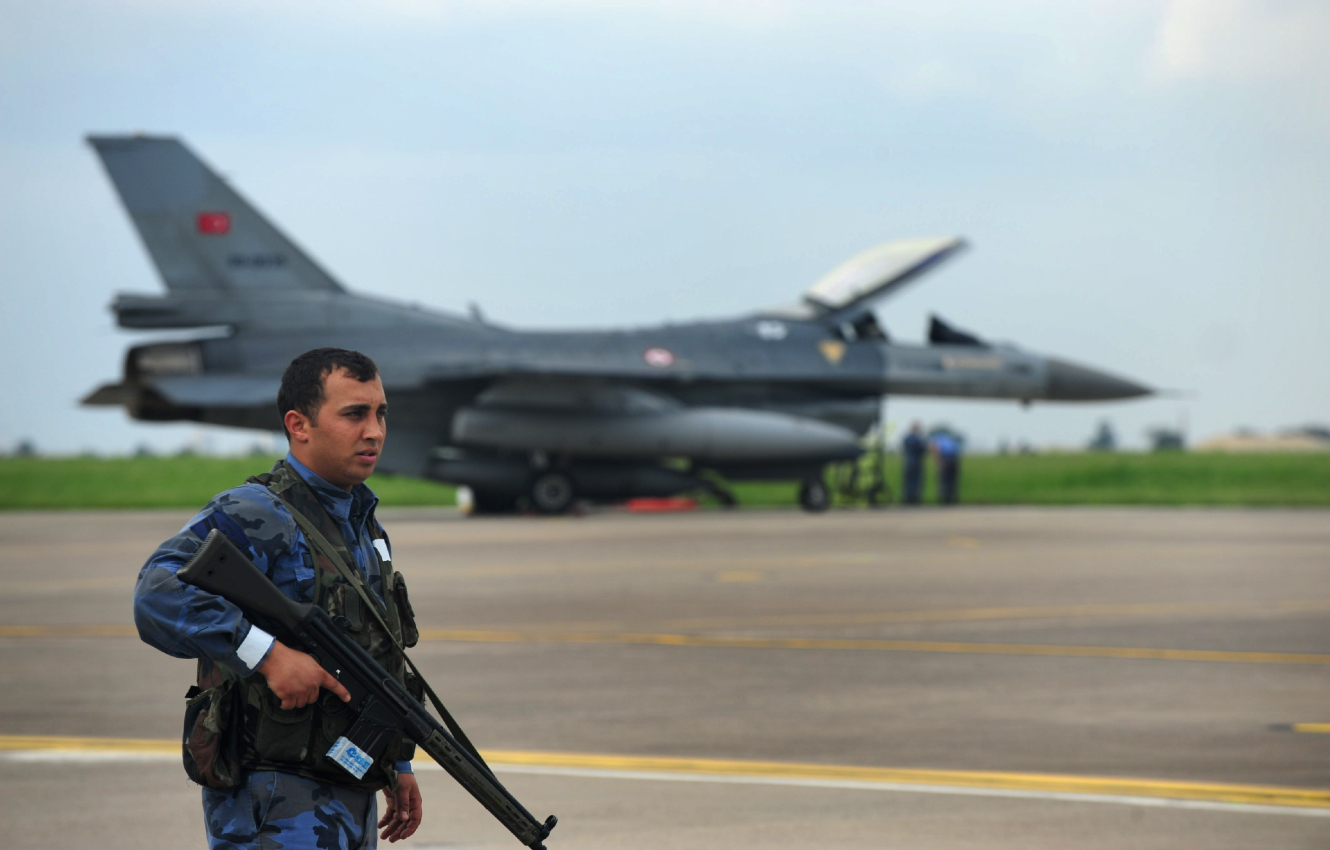- Joined
- 27 December 2005
- Messages
- 17,753
- Reaction score
- 26,461
Is that the fatality reported earlier?Don't worry, be chinese fisher
JF-17 is light weight compared to J-10 hence doubt they would stop production of it.
So what will happen to the JF-17 Thunder when the J-10 enters PAF service? Will production be stopped or will the J-10 be built in another facility different to the JF-17?
All of them in theory could be upgraded with RD-33 or WS-13 turbofan...Right now, there should be another 100 or so obsolete J7, Mirage III/5 remaining.
The Pakistani Mirage III and 5 airframes are between 40 to 50 years old.All of them in theory could be upgraded with RD-33 or WS-13 turbofan...Right now, there should be another 100 or so obsolete J7, Mirage III/5 remaining.
The Pakistani Mirage III and 5 airframes are between 40 to 50 years old.All of them in theory could be upgraded with RD-33 or WS-13 turbofan...Right now, there should be another 100 or so obsolete J7, Mirage III/5 remaining.
The ROSE acquisition and upgrade programme was in my view a logical, well thought out, and successful programme. This resulted in increased numbers, an upgraded aircraft, and developmental work for the Pakistani aviation industry.
The fact remains though, that the ROSE programme was terminated about 20 years ago now.
The time is approaching within the next 5 years or so to replace these fighters...hence the JF-17 programme and acquisition of the J-10.
Why J-31?
So if the Pakistani Mirage 3/5 fighters are between 40 to 50 years old, what fighter would the PAF buy next? My guess would probably involve the land based variant of the J-31 since China stopped the export of the J-20.
Why J-31?
So if the Pakistani Mirage 3/5 fighters are between 40 to 50 years old, what fighter would the PAF buy next? My guess would probably involve the land based variant of the J-31 since China stopped the export of the J-20.
JF-17 is one that should replace those light weight fighter jets.
J-10C is equivalent to F-16 Block 50/52 or Viper since Pakistan can no longer rely on importing from the U.S. no more.
The JF-17 is the replacement for the F-7 and Mirage III/5. Not just in numbers, but to build upon the competency and experience gained in the ROSE programme. It is currently in production, over 150 have been produced, and almost 2/3rds of the airframe is manufactured in Pakistan, with complete final assembly also happening in-country.The Pakistani Mirage III and 5 airframes are between 40 to 50 years old.All of them in theory could be upgraded with RD-33 or WS-13 turbofan...Right now, there should be another 100 or so obsolete J7, Mirage III/5 remaining.
The ROSE acquisition and upgrade programme was in my view a logical, well thought out, and successful programme. This resulted in increased numbers, an upgraded aircraft, and developmental work for the Pakistani aviation industry.
The fact remains though, that the ROSE programme was terminated about 20 years ago now.
The time is approaching within the next 5 years or so to replace these fighters...hence the JF-17 programme and acquisition of the J-10.
So if the Pakistani Mirage 3/5 fighters are between 40 to 50 years old, what fighter would the PAF buy next? My guess would probably involve the land based variant of the J-31 since China stopped the export of the J-20.

Haven't seen anything yetDoes someone have an official Pakistan government link regarding a J-10 purchase?
I'm sceptical of social media announcements from 3rd parties, and prefer official statements.
View: https://youtu.be/XvyhiYbDfoo
Allegedly this is the Pakistani minister, announcing procurement. Don't speak the language so I can't vouch for that.




 defensetalks.com
defensetalks.com

Why, though?Due to U.S. security restrictions, the J-10 cannot operate side by side with F-16's when they enter service. This article explains the level of oversight that exists pertaining to Pakistan's advanced F-16 fleet.

How America’s Experience with Pakistan Can Help it Deal with Turkey - War on the Rocks
In its ties with Turkey, the United States finds itself in a classic Catch-22. Turkish foreign policy often runs afoul of U.S. interests. However, Ankarawarontherocks.com
"On bases where advanced F-16s are present, the United States requires that Pakistan separate them from other aircraft and strictly limit access to the area where they are located."
Because the J10 will come with a Chinese on site support team, and they will not want a technically skilled team getting hands on with the F16’s. Reading the article, suggests to me, the us team is actually the support team for the f16’s.Why, though?Due to U.S. security restrictions, the J-10 cannot operate side by side with F-16's when they enter service. This article explains the level of oversight that exists pertaining to Pakistan's advanced F-16 fleet.

How America’s Experience with Pakistan Can Help it Deal with Turkey - War on the Rocks
In its ties with Turkey, the United States finds itself in a classic Catch-22. Turkish foreign policy often runs afoul of U.S. interests. However, Ankarawarontherocks.com
"On bases where advanced F-16s are present, the United States requires that Pakistan separate them from other aircraft and strictly limit access to the area where they are located."
I'm pretty sure if there was anything that China was interested in F-16 it got since long ago. Pakistan has 16A from, what, 80-es? There are a lot of retired personnel who could answer Chinese questions about how F-16 works.Because the J10 will come with a Chinese on site support team, and they will not want a technically skilled team getting hands on with the F16’s. Reading the article, suggests to me, the us team is actually the support team for the f16’s.
Errr...the PAF does have Blk 52s which are quite a step up from the earlier Blk 15s they or Venezuela have.Pakistan has 16A from, what, 80-es? ... And there is a case of Venezuela, which is also an F-16 operator.
I could understand if Pakistan had F-16V(N/bl70 whatever is the latest variant), but they have AM and C(M) variants that are not that new.
And their old aircraft were upgraded, to a close standard. I’m not saying I agree that either the Chinese can or have got the data already, nor that this would stop them, just explaining that even big air forces, will have technical teams, from the manufacturers, on site.Errr...the PAF does have Blk 52s which are quite a step up from the earlier Blk 15s they or Venezuela have.Pakistan has 16A from, what, 80-es? ... And there is a case of Venezuela, which is also an F-16 operator.
I could understand if Pakistan had F-16V(N/bl70 whatever is the latest variant), but they have AM and C(M) variants that are not that new.
I don't know. According to the source, the plane (J-10S) crashed on Jialu River, Henan Province, October 22, 2021. I have no more information than what is given in the link.Is that the fatality reported earlier?Don't worry, be chinese fisher
Not sure if this the 1991/1993 metal mock up but it does have the round intake!
The top one is the same and I think it *might* be 1001 and is otherwise mostly the same. The mock up I’m unsure of I’ve only seen pictures of the front, but I heard it needed to be redesigned but to issues with lower then expected AoA and poorer low altitude mobility. I’m trying to find more pictures.aside from the intake differences, is the rest of the plane similar or different from the current J-10? I havent seen a good picture of the sides.. although it seems this older version has a double delta wing.
wow finally happened! is this the one with the DSI intake?
Nice! Cool to see a J-10 wearing a different camo pattern, even if it's still two-tone gray (though the PLAAF scheme cannot really be dignified with the term pattern, as it's just counter-shaded with tones that are so similar as to be virtually identical...)!
wow finally happened! is this the one with the DSI intake?
Going by the rounded fin tip, it's a J-10B or C with DSI, yes.
